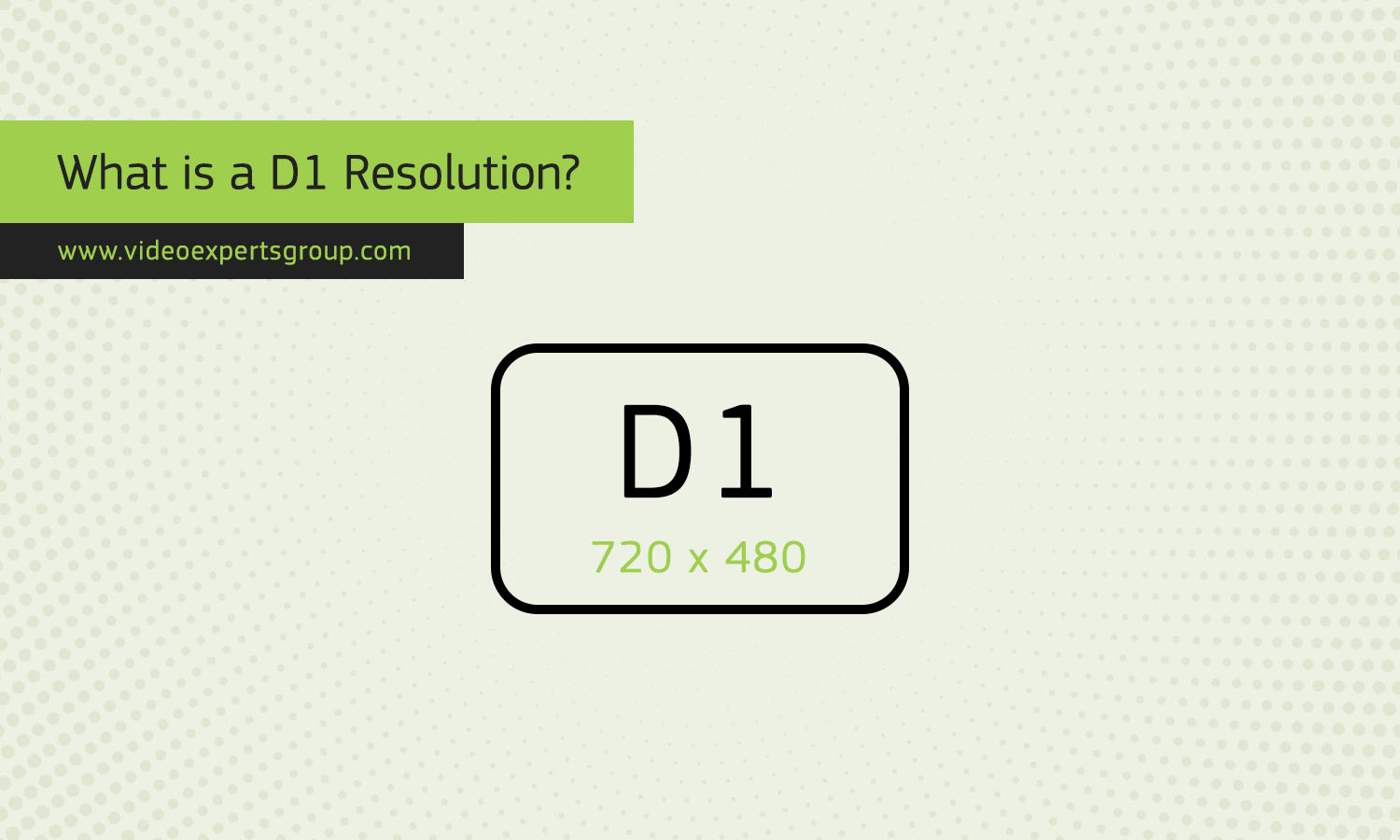D1 resolution is a term used in video technology, particularly in the context of security cameras and closed-circuit television (CCTV) systems. Understanding D1 resolution is important for anyone involved in setting up or maintaining a surveillance system. This article will explain what D1 resolution means and what a D1 CCTV camera is.
Meaning
D1 resolution refers to a specific standard for video resolution. It is an analog format that is commonly used in older CCTV systems. The D1 resolution has a pixel count of 720x480 pixels in NTSC (National Television System Committee) format and 720x576 pixels in PAL (Phase Alternating Line) format.
- NTSC D1 Resolution: 720x480 pixels
- PAL D1 Resolution: 720x576 pixels
These resolutions provide a good balance between video quality and file size, making D1 a popular choice for video surveillance systems before the advent of high-definition (HD) and digital video formats.
| Standard | Size | Pixels |
| SQCIF | 128 x 96 | 12,288 |
| QCIF | 176 x 120 | 21,120 |
| CIF | 352 x 240 | 84,480 |
| 2CIF | 720 x 240 | 168,960 |
| 4CIF | 704 x 480 | 337,920 |
| D1 | 720 x 480 | 345,600 |
| 960H | 960 x 480 | 460,800 |
| HD 720P | 1280 x 720 | 921,600 |
| HD 960P | 1280 x 960 | 1,228,800 |
| UXGA | 1600 x 1200 | 1,920,000 |
| FULL HD 1080P | 1920 x 1080 | 2,073,600 |
What is a D1 CCTV camera?
A D1 CCTV camera is a type of surveillance camera that records video in D1 resolution. These cameras are typically used in older CCTV systems that rely on analog video formats. While modern surveillance systems often use HD or higher resolutions, D1 CCTV cameras are still in use in many existing setups due to their reliability and sufficient video quality for certain applications.
Key Features of D1 CCTV Cameras
- Resolution: As mentioned, D1 cameras record video at 720x480 (NTSC) or 720x576 (PAL) resolution. This resolution is adequate for capturing clear images of people and objects within a reasonable distance.
- Analog Technology: D1 cameras use analog signals to transmit video. This is different from digital cameras that use IP (Internet Protocol) technology.
- Compatibility: D1 cameras are compatible with DVRs (Digital Video Recorders) that support D1 resolution. These DVRs record and store video footage for later review.
- Cost: Because they use older technology, D1 CCTV cameras are generally less expensive than HD or IP cameras. This makes them a cost-effective option for businesses or homeowners with budget constraints.
Advantages and Disadvantages
Advantages:
- Cost-Effective: Lower cost compared to newer HD or IP cameras.
- Sufficient Quality: Provides clear enough video for many security needs.
- Compatibility: Easily integrates with existing analog systems.
Disadvantages:
- Lower Resolution: Not as sharp as modern HD or 4K cameras.
- Limited Features: Fewer advanced features compared to newer digital cameras.
- Analog Limitations: Analog systems can be more prone to interference and signal degradation over long distances.
D1 resolution and D1 CCTV cameras played a crucial role in video surveillance, offering a good balance of quality and affordability. While newer technologies have surpassed D1 in many ways, these cameras remain in use where cost and existing infrastructure are key considerations.
















